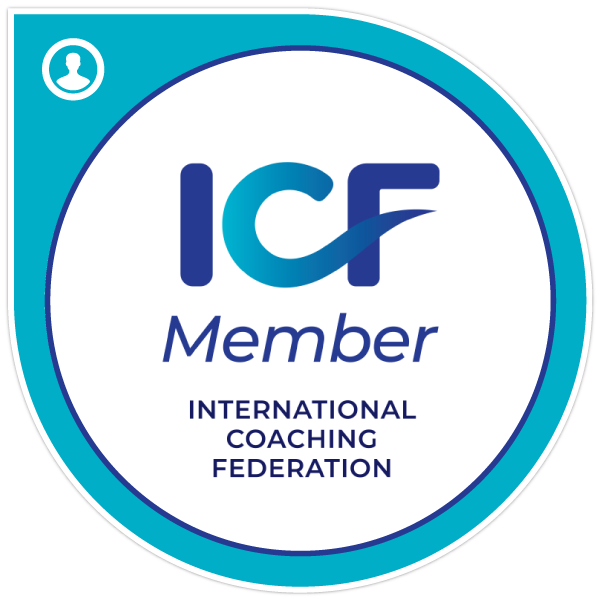In today’s fast-paced business landscape, where innovation is the key to staying competitive, managing and supporting creative teams effectively has become crucial for companies across all industries. Creative teams are at the heart of innovation, driving the development of new products, services, and solutions that can set a company apart from its competitors. However, leading such teams presents unique challenges, as creativity often requires flexibility, inspiration, and a supportive environment to flourish. This article delves into five effective strategies for managing and supporting creative teams, ensuring they reach their full potential while aligning with the company’s goals.
Firstly, establishing clear goals and objectives is fundamental. Clear direction not only aligns the creative efforts with the company’s strategic vision but also helps team members understand the impact of their work. Secondly, fostering an open and collaborative environment is essential to stimulate creativity. Such an environment encourages the exchange of ideas and fosters a sense of community and mutual respect among team members. Thirdly, implementing flexible project management techniques can help in adapting to the dynamic nature of creative work, allowing for the ebb and flow of the creative process while keeping projects on track.
Furthermore, providing continuous learning and development opportunities is crucial in keeping the team at the cutting edge of industry trends and technologies. This not only enhances their creative abilities but also boosts morale and job satisfaction. Lastly, recognizing and rewarding creativity is vital in motivating team members and reinforcing the value of their innovative contributions. By exploring these five strategies, companies can cultivate a thriving environment where creative teams can excel and drive substantial business growth.

Establishing Clear Goals and Objectives
Establishing clear goals and objectives is crucial for the effective management and support of creative teams in companies. When team members understand what they are working towards, they can better align their efforts and creativity towards achieving those ends. Clear goals provide a direction and a sense of purpose, which can be highly motivating.
For creative teams, it is important that these goals are not just clear but also allow room for creativity and innovation. This means setting objectives that are specific enough to guide efforts but broad enough to encourage creative solutions and approaches. Managers can help by defining what success looks like for a project and making sure that these criteria are communicated effectively to all team members.
Furthermore, setting goals for creative teams often involves balancing project requirements with the creative process. It’s essential for managers to understand that creativity can be non-linear and may require flexibility in how goals are pursued. Regular check-ins and adjustments to goals may be necessary as the project evolves and new ideas come to light.
Overall, by establishing clear and appropriate goals, managers can create a framework that helps creative teams focus their creativity towards tangible outcomes, enhancing both productivity and satisfaction in their work. This approach not only supports the creative process but also aligns it with the company’s overall strategic objectives.
Fostering an Open and Collaborative Environment
Fostering an open and collaborative environment is crucial for managing and supporting creative teams in companies. Such an environment allows for the free flow of ideas, which is essential for creativity and innovation. When team members feel comfortable sharing their thoughts and opinions, they are more likely to contribute unique and diverse perspectives that can lead to groundbreaking solutions and products.
An open environment is characterized by trust and respect among team members and management. Leaders should encourage communication and ensure that all team members feel valued and heard. This can be achieved by implementing regular meetings and brainstorming sessions where everyone is invited to share their ideas without judgment. Additionally, providing platforms and tools that facilitate collaboration, such as project management software or collaborative digital workspaces, can help maintain the connectivity and interaction necessary for a creative workflow.
Moreover, a collaborative environment supports risk-taking and experimentation, which are vital components of creativity. By allowing team members to experiment and take risks without fear of failure, companies can foster a culture of innovation. It is important for management to support these endeavors and provide a safety net for failure. Celebrating both successes and constructive failures as learning opportunities can encourage continuous improvement and keep the creative momentum going.
Overall, by fostering an open and collaborative environment, companies can enhance the effectiveness of their creative teams. This not only boosts morale and job satisfaction among team members but also contributes significantly to the company’s overall success and adaptability in a competitive market.
Implementing Flexible Project Management Techniques
Flexible project management techniques are crucial for the success of creative teams, as they accommodate the dynamic nature of creative work and can greatly enhance productivity and innovation. Unlike traditional project management, which often follows a strict, linear process, flexible project management allows for adaptability throughout the life of a project. This approach is particularly beneficial in environments where innovation is key, and where projects may need to evolve based on new ideas and feedback.
One popular method of flexible project management is Agile, which is characterized by short development cycles or “sprints” that allow teams to adapt quickly and efficiently to changes in project requirements. This method focuses on continuous improvement, flexibility, and the quality of the end product. Agile enables creative teams to prioritize tasks, collaborate more effectively, and deliver results faster, all while maintaining a high standard of work.
Another aspect of implementing flexible project management involves the use of digital tools that enhance communication and workflow. Tools like Trello, Asana, or Slack can help teams keep track of their projects, share ideas, and stay connected, regardless of their physical location. These tools are designed to adapt to the needs of the team, offering customizable options that can be tailored to the specific requirements of a creative project.
By adopting flexible project management techniques, companies can create an environment where creative teams are more likely to thrive. This approach not only supports the unique processes of creative work but also encourages a culture of innovation and continuous improvement. In turn, this can lead to more successful project outcomes and a stronger competitive edge in the marketplace.
Providing Continuous Learning and Development Opportunities
Providing continuous learning and development opportunities is crucial in managing and supporting creative teams within companies. This approach not only enhances the skills and knowledge of the team members but also keeps them motivated and engaged, fostering a culture of continuous improvement and innovation.
In the dynamic field of creative work, technologies and trends are constantly evolving. By ensuring that team members have access to the latest tools, techniques, and industry insights, companies can maintain a competitive edge. Continuous learning can be facilitated through workshops, seminars, online courses, and by encouraging participation in industry conferences. This not only helps in personal growth but also enhances the collective capability of the team.
Moreover, development opportunities help in retaining talent. Creative professionals often seek environments where they can grow and avoid stagnation. By providing these opportunities, companies can reduce turnover and enhance job satisfaction, which is directly linked to increased productivity and creativity.
In conclusion, investing in the continuous learning and development of creative teams is not just about skill enhancement but also about building a resilient and innovative organizational culture that can adapt and thrive in an ever-changing business landscape. This strategic focus can lead to significant long-term benefits for both the employees and the organization.
Recognizing and Rewarding Creativity
Recognizing and rewarding creativity is essential for managing and supporting creative teams in companies. This strategy not only motivates individuals but also fosters a culture of innovation throughout the organization. When team members know that their creative efforts and innovative ideas are appreciated, they are more likely to take initiative and think outside the box. This can lead to breakthroughs in projects and enhancements in processes that could significantly benefit the company.
Recognition doesn’t always have to be monetary; it can also be in the form of public acknowledgment, opportunities to lead projects, or even professional development opportunities. What’s important is that the recognition is timely and relevant to the achievements made. Rewards should also align with what motivates the team, whether that be bonuses, extra time off, or public accolades.
Moreover, when a company consistently rewards creativity, it sets a precedent that creativity is valued. This can attract talented individuals who are innovative and enjoy working in environments where they can experiment and push boundaries. In turn, this helps the company remain competitive in its field by continuously innovating and improving.
Therefore, by recognizing and rewarding creativity effectively, companies can not only enhance their product offerings and services but also cultivate a strong and innovative workforce that is committed to the organization’s success. This approach ensures that the creative potential of employees is harnessed and that they feel integral to the company’s growth and evolution.


Leave a Reply